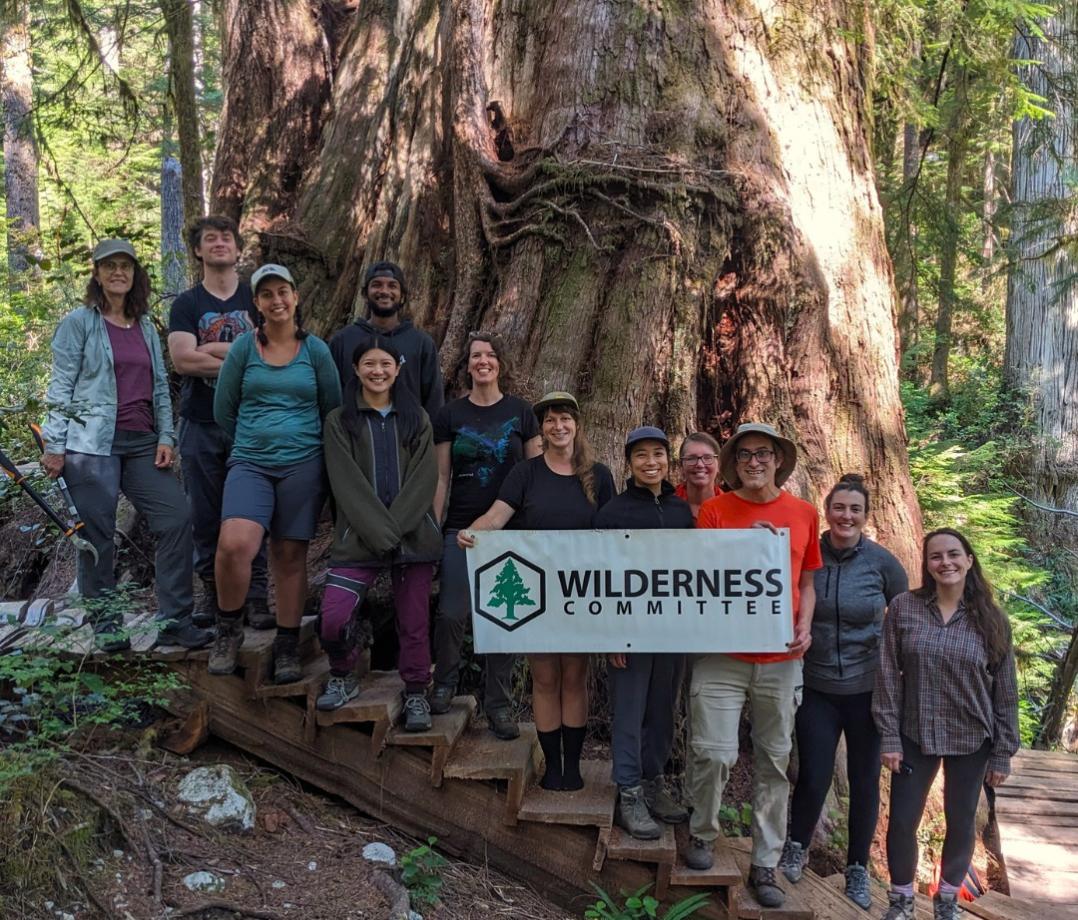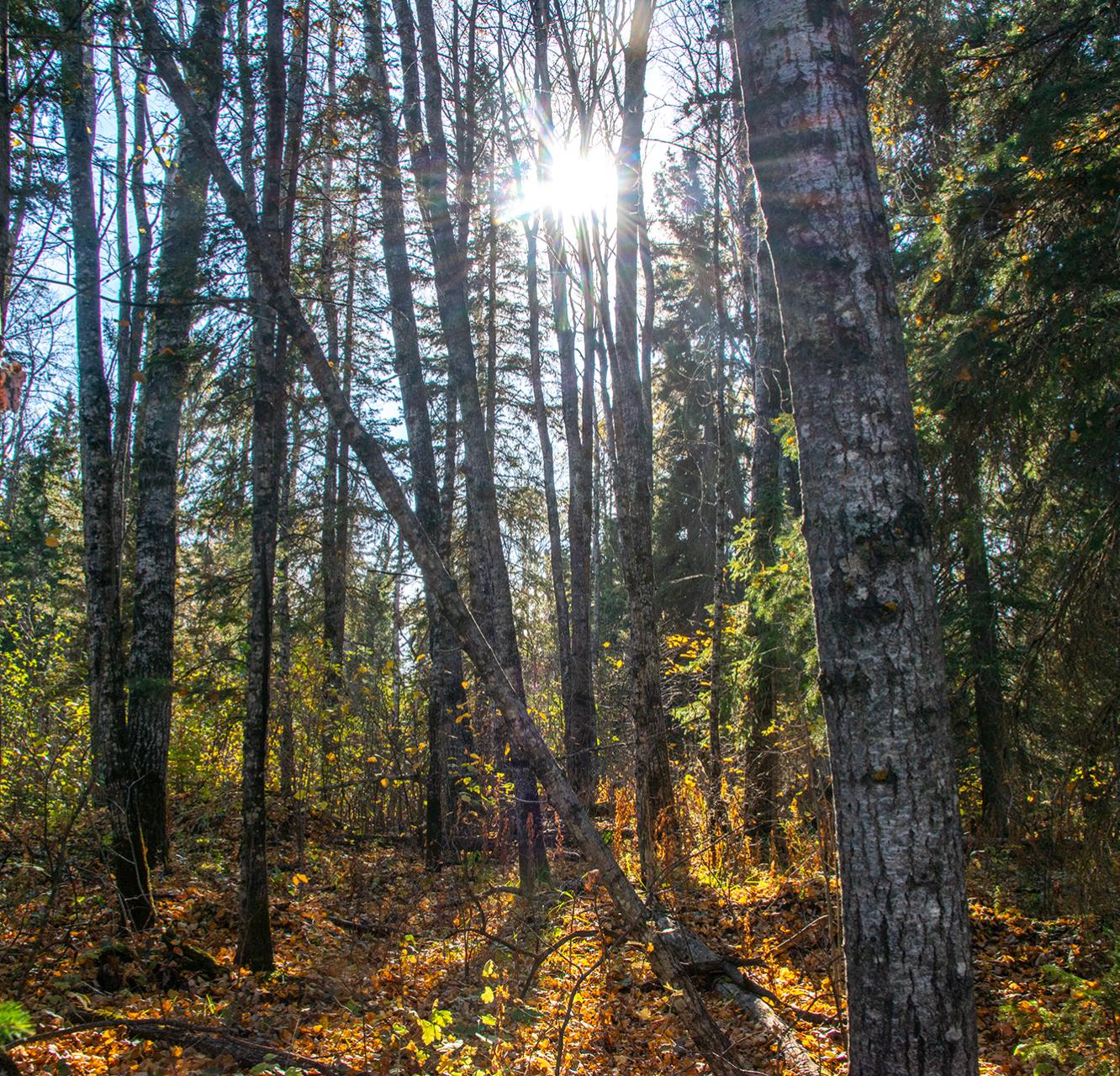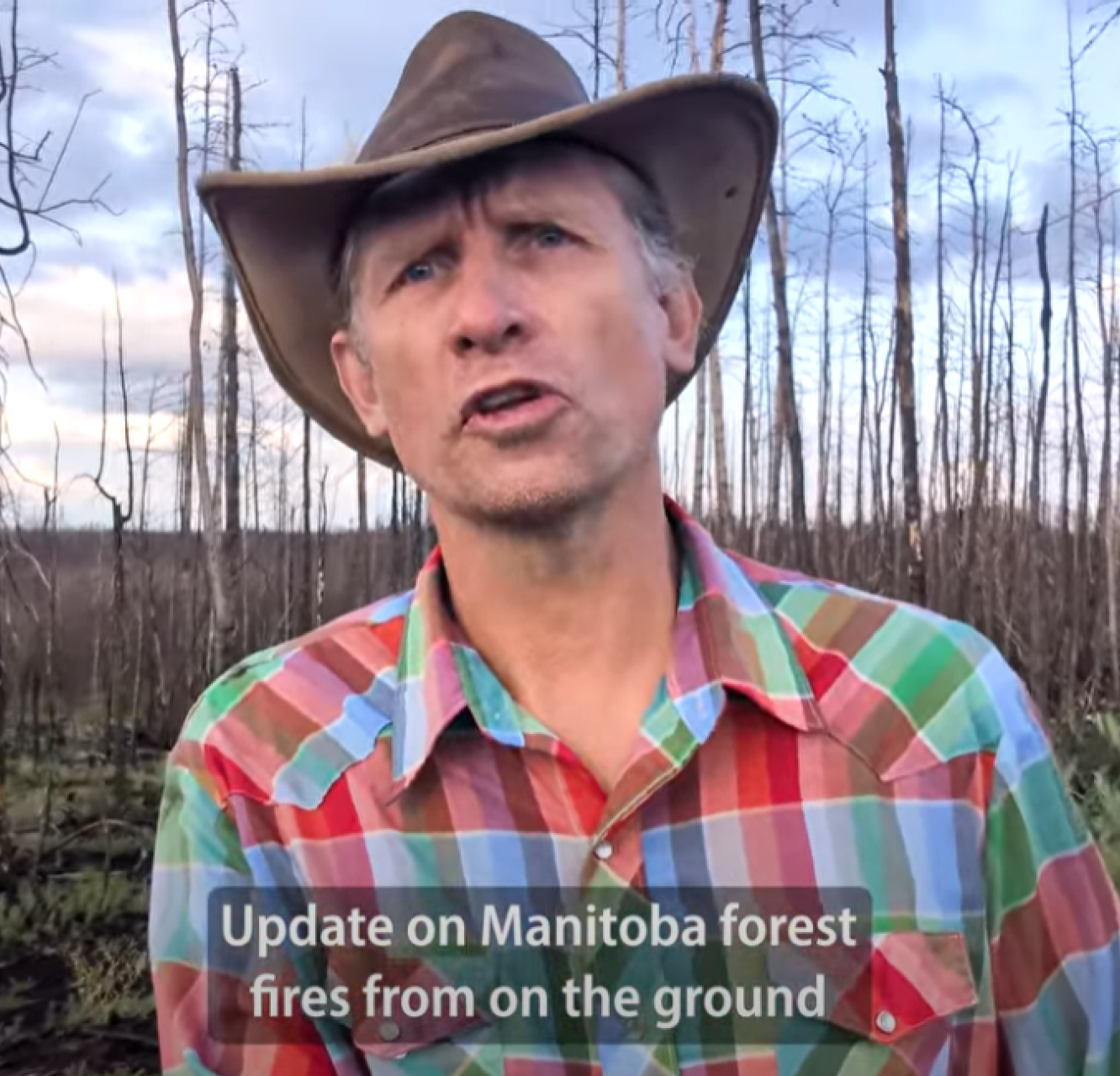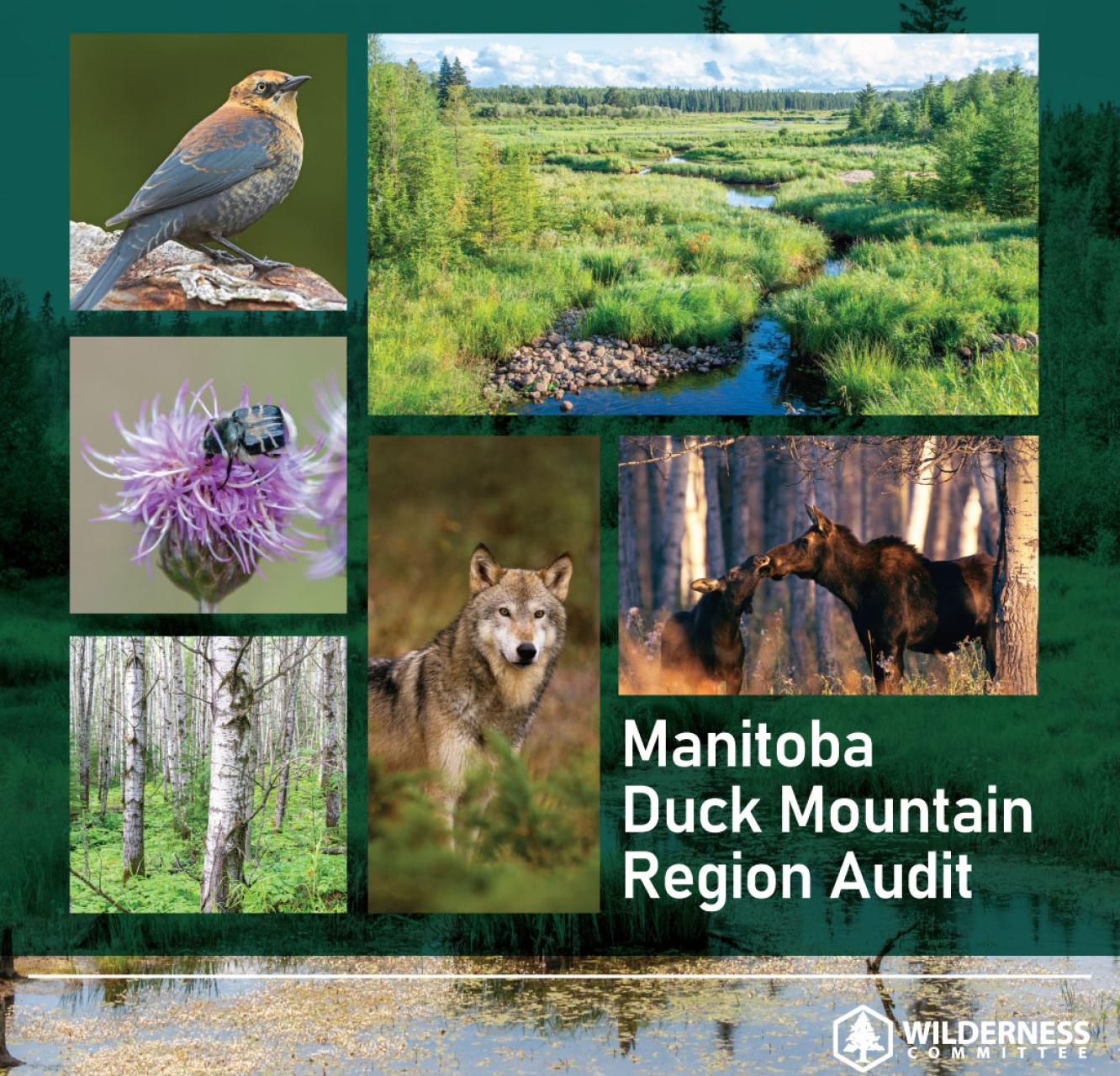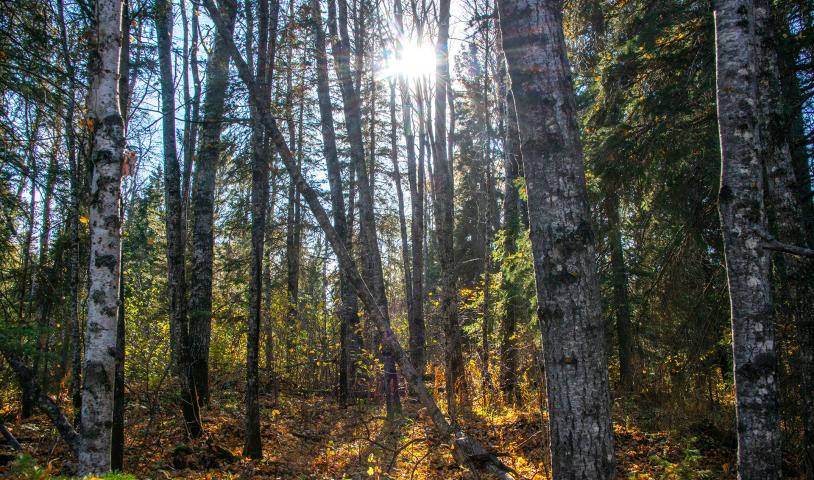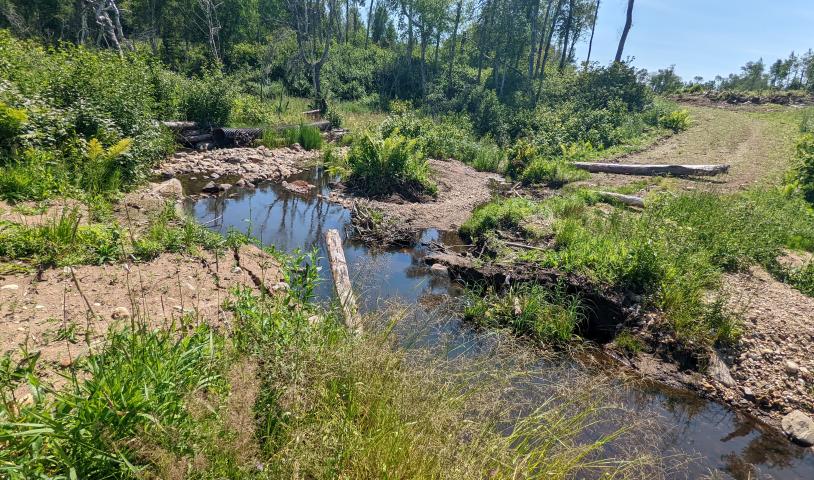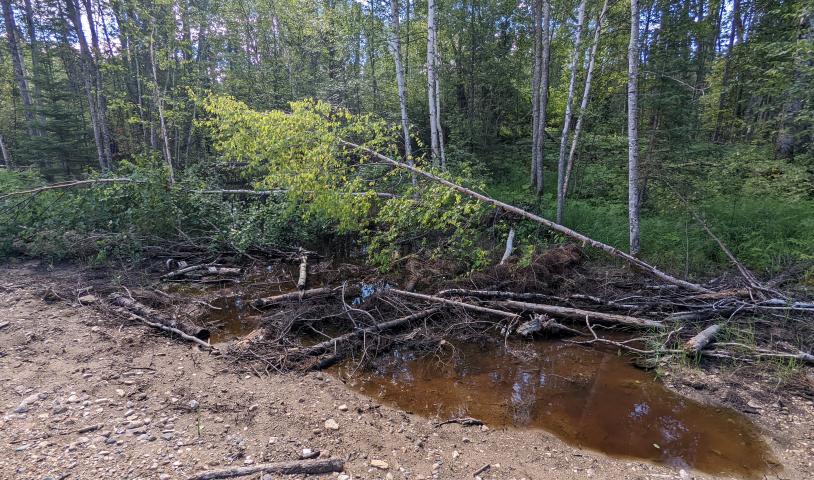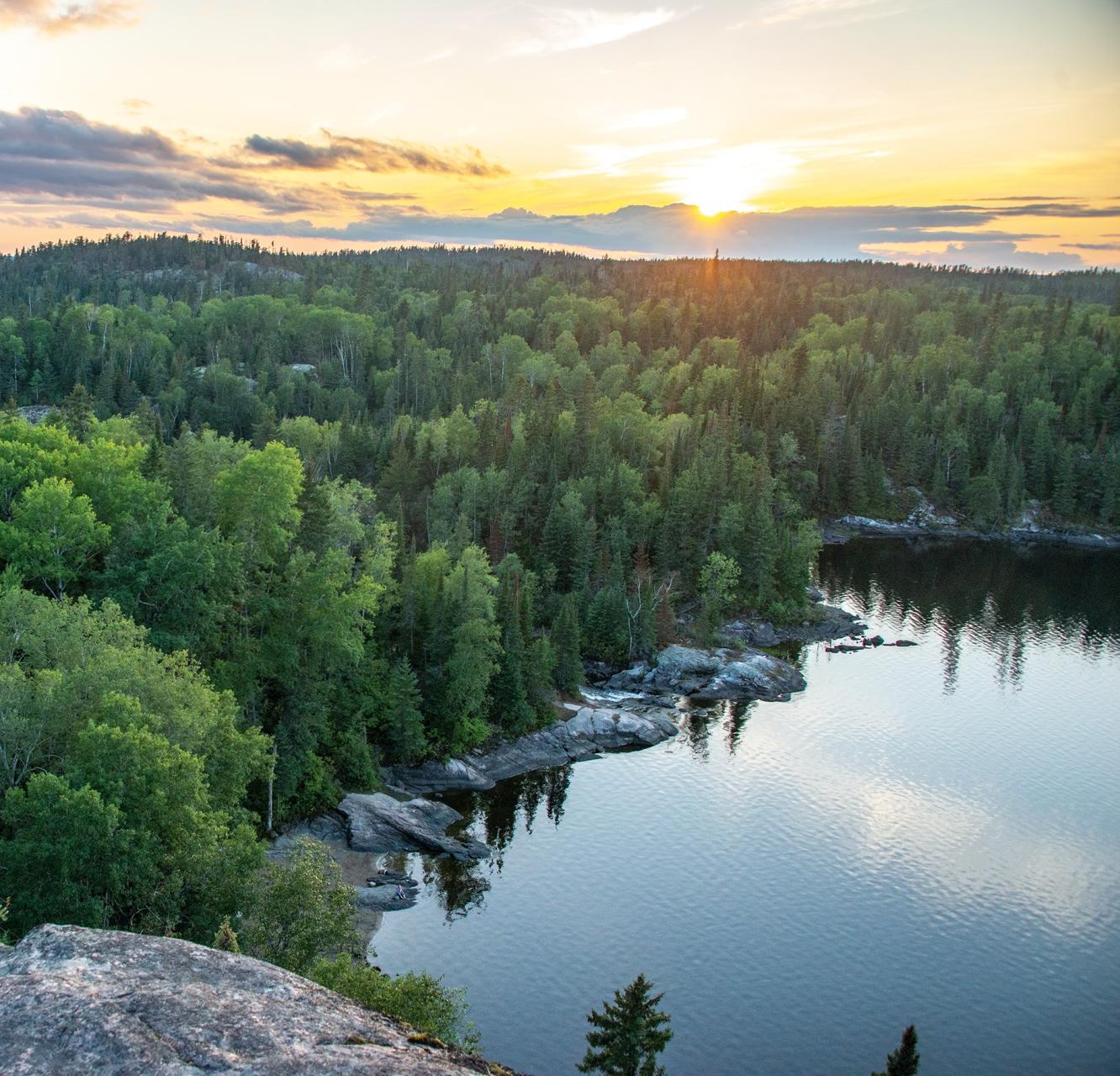Manitoba Provincial Parks
Jewels of nature
Our most cherished nature destinations are enshrined inside provincial parks in Manitoba. From lake country in the north and east to forests in the west and beaches in the middle, natural heritage in this province can best be experienced by visiting a park. Unfortunately, the designation of a park does not ensure that the region is safe from industrial activity. Our goal from the outset has been to protect nature in these parks, ensuring that development and recreation respect the beauty and ecological integrity for generations to come.
Take Action
End Logging in Duck Mountain Provincial Park
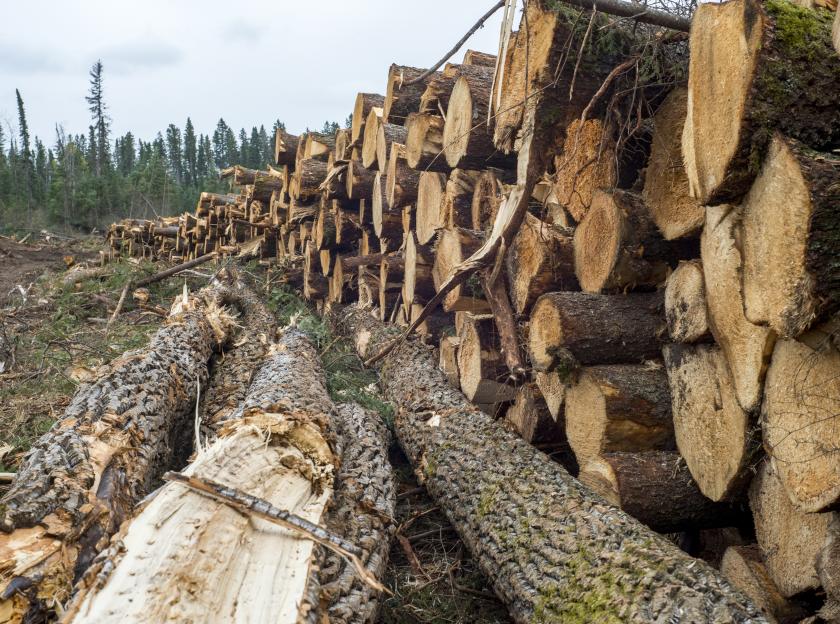
End park mining in Manitoba!
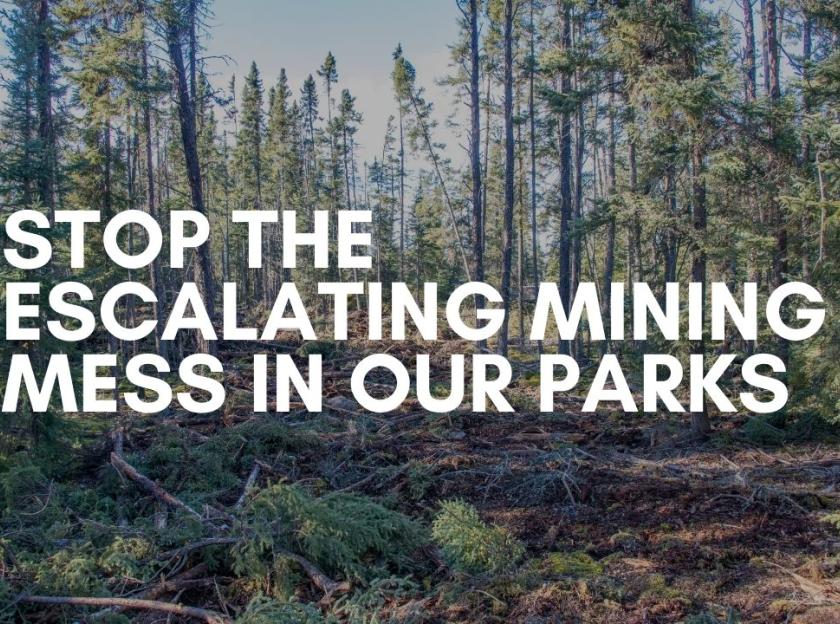
Industrial pressure on parks
The Wilderness Committee opened its Manitoba office more than 25 years ago with one priority: to end logging in parks. Manitoba is one of the only jurisdictions in the world that allows industrial activity inside provincial parks. Logging and mining are causing ongoing destruction in parks, and we’re actively on the ground highlighting the problems caused by mineral exploration, peat mining and clearcut logging. We continue to press for legislative changes for protection so parks can just be parks, preserving biodiversity and providing us with solace.
One of the greatest needs for the over 90 parks in Manitoba is decolonization. Every park is on Indigenous territory, yet most were established without consultation or consent. Indigenous communities continue to express their desire for healthy nature and wilderness to support their culture, and parks can be part of that vision. Naming, park programming, interpretation and management must be done in partnership with Indigenous communities, and for their benefit. The Wilderness Committee remains committed to making this the cornerstone of our work.
Manitoba parks and protected areas
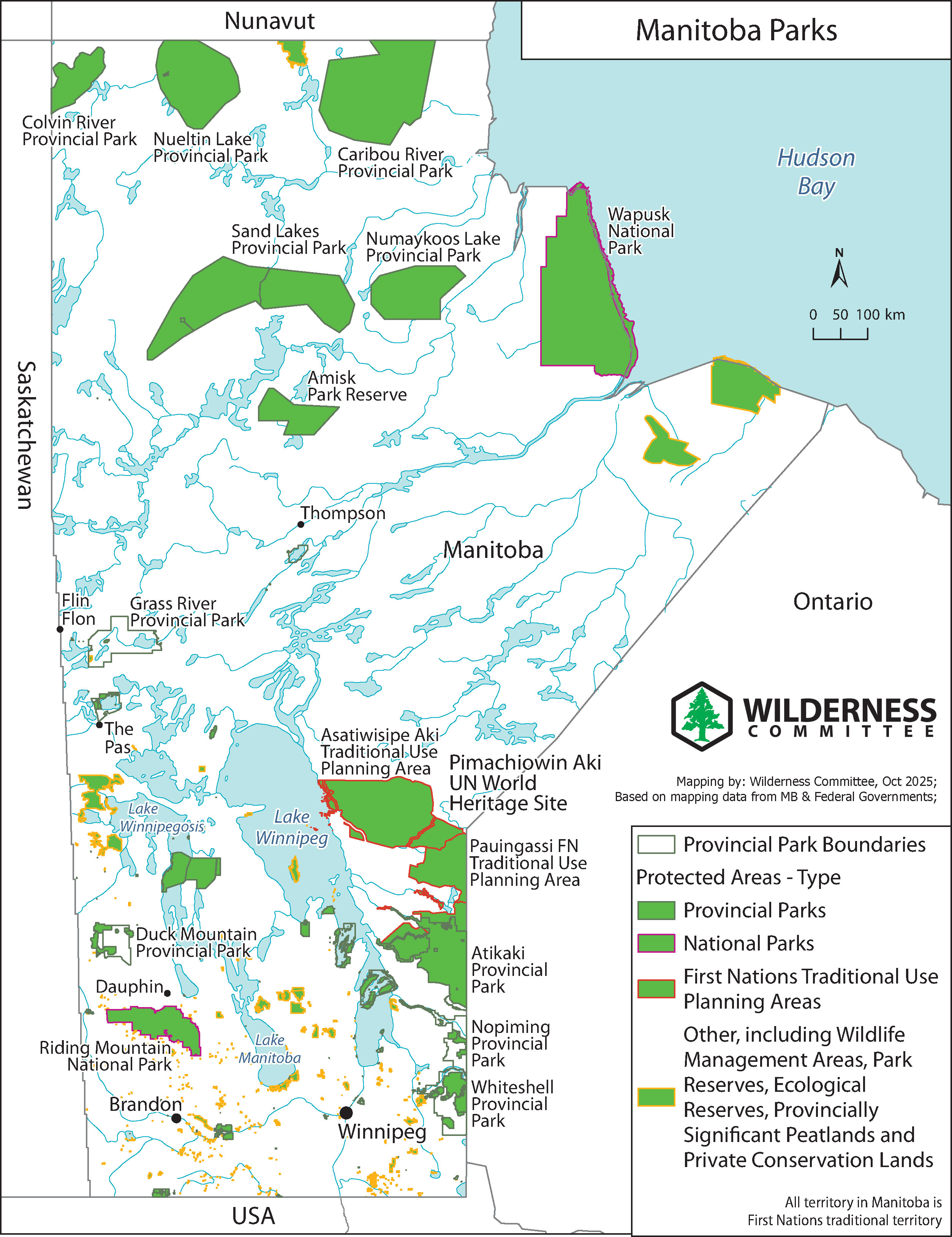
Winning protection for parks
The first provincial park in Manitoba was created in 1961, but the management of parks remains far from adequate. There aren’t enough staff to properly care for parks, nor sufficient resources to influence development decisions or implement effective management plans. Although parks in Manitoba still face threats from mining and other extractive industries, one of our greatest successes was ending logging in 12 out of 13 provincial parks back in 2008. Through tens of thousands of letters and persistent advocacy, we successfully pressured the government to act. We also secured a ban on peat mining in all parks and permanently protected a significant section of Whiteshell Provincial Park from all development.
We’ll continue to push for enough resources to care for parks and advocate for decision-making that respects decolonization, safeguards biodiversity, addresses climate change and supports people-powered experiences.
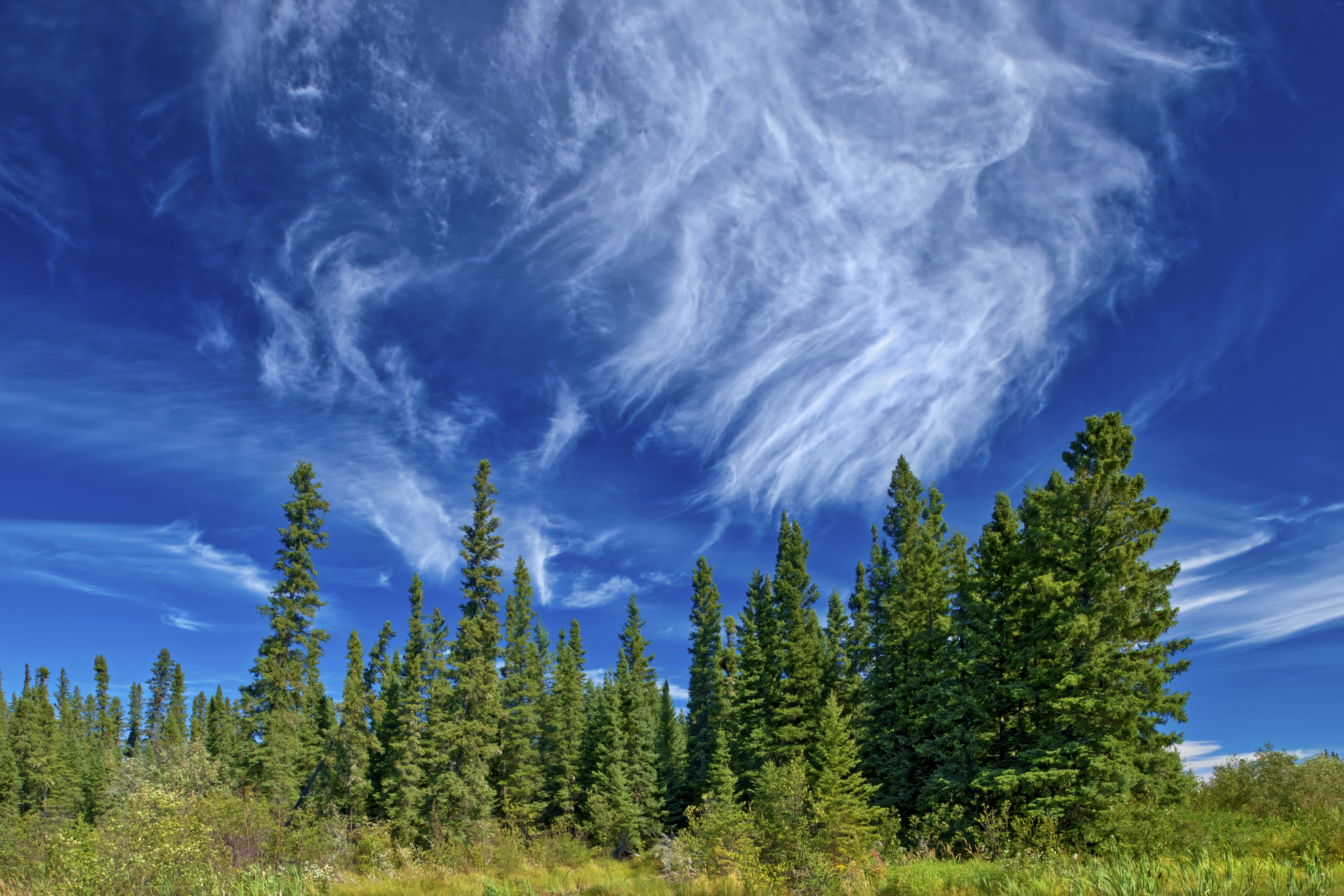
Parks still need us
Logging and mining within provincial parks in Manitoba remain a shameful reality. In 2018, the Wilderness Committee exposed the Pallister government’s approval of new mineral exploration in Nopiming Park. Since then, large swaths of forests within these parks have been bulldozed and bisected, causing irreversible damage.
In 2023, we published our Manitoba Duck Mountain Region Audit, the first comprehensive and independent investigation into the impacts of American corporation Louisiana-Pacific's logging licence in Duck Mountain Park. This report revealed 40 different violations of logging regulations and policies since the company began operating in this area in 1995, all of which are impacting these lands and waters. In 2024, First Nations finally won the legal right to care for their traditional territory, marking an important step forward.
Despite a change in government in 2023, the number of mining claims within provincial parks has actually increased. There are now 681 mining claims in 15 parks, including Whiteshell, Nopiming and Grass River Provincial Parks.
It’s time for the government to end this destruction in provincial parks in Manitoba. As long as logging and mining threaten these protected areas, we won’t stop our efforts to defend them.
Nopiming Devastated After 2025 Wildfires
2025 brought with it the most devastating wildfire season in Manitoba’s history. These wildfires swept through protected areas, destroying desperately needed biodiversity and species habitat. Our Manitoba-based Wilderness and Water Campaigner, Eric Reder, was first on the field after massive wildfires swept through Nopiming Provincial Park during the devastating 2025 wildfire season in Manitoba, to monitor the damage. Watch his report here.
Manitoba Duck Mountain Region Audit
Manitoba is one of the only jurisdictions in the world that allows logging. Our independent research report of logging and provincial park operations in the Duck Mountain region of western Manitoba — on lands utilized by Minegoziibe Anishinabe, Tootinaowaziibeeng Treaty Reserve and Wuskwi Sipihk First Nations and others — found this region is managed for short-term logging, rather than for biodiversity, provincial park values and the long-term health of the forests.
Campaign Gallery
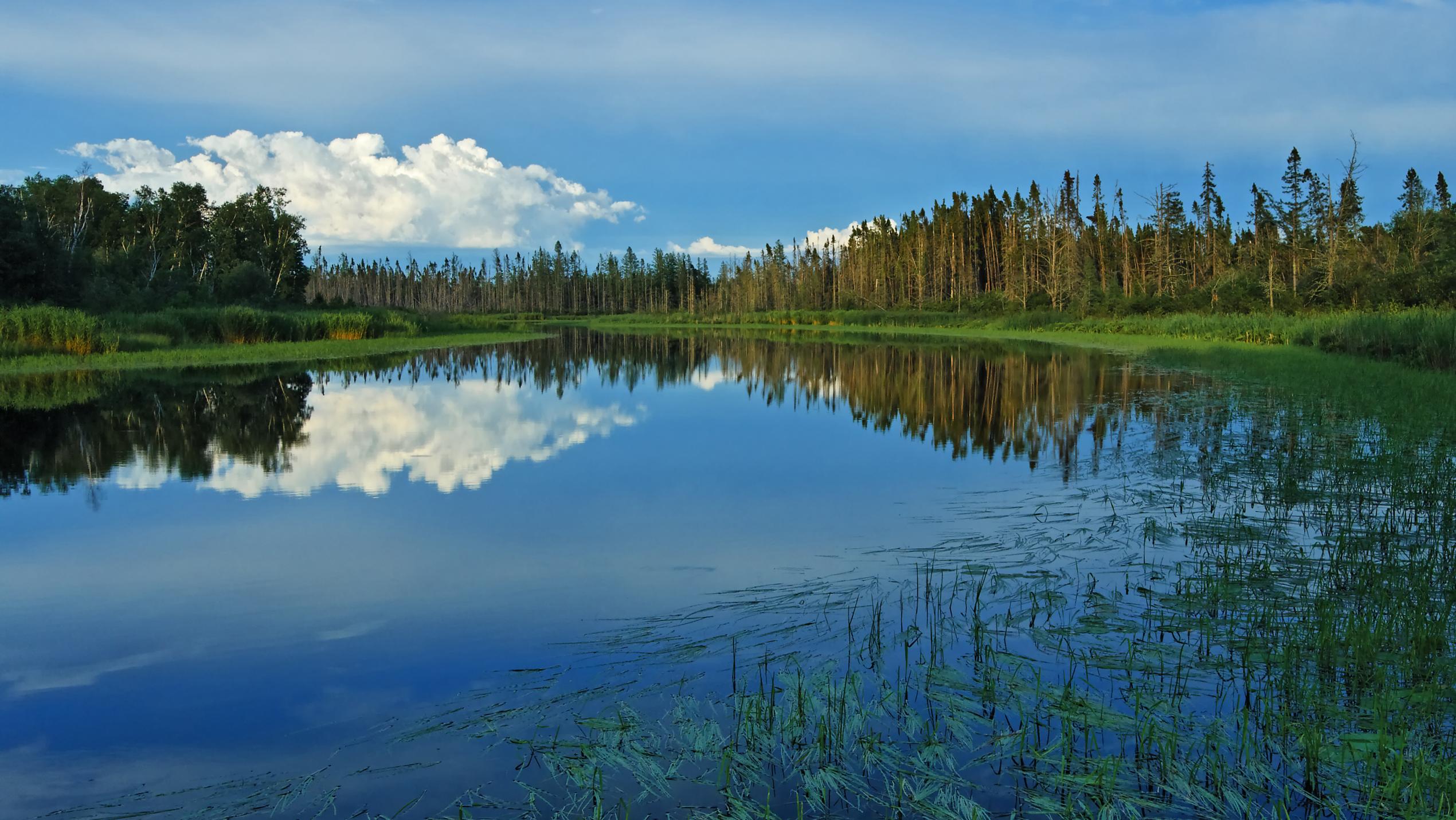
Check Out More Updates
Join Us
Don’t miss your chance to make a difference. Receive campaign updates and important actions you can take to protect wildlife, preserve wilderness and fight climate change.
